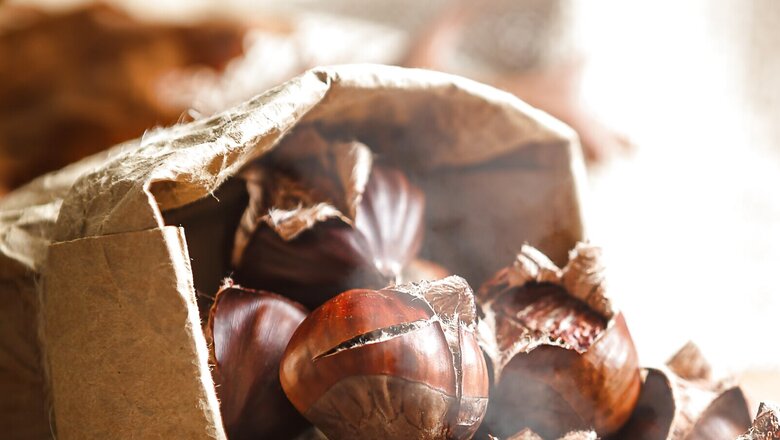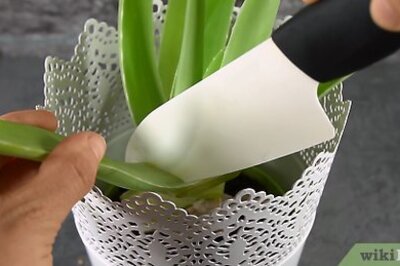
views
Chestnuts are versatile as they are used in both sweet and savoury dishes. They may be tough and gritty while raw, but after roasting, they get a sweet, buttery, soft, and tender flavour. Besides being incredibly luscious, chestnuts are a perfect ally for winters. Wondering why? Nutritionist Lovneet Batra’s recent post explains it well. While sharing that roasted chestnuts are her favourite treat for winter, she mentioned the multiple health benefits that it offers.
Manage blood sugar levels:
Gallic acid and ellagic acid present in chestnuts aid in managing blood sugar levels. It improves insulin sensitivity, which, as a result, makes one’s cells more responsive to insulin. Moreover, they are an excellent source of fibre which inhibits blood sugar levels from soaring.
Also Read: Sciatica Pain: The New Stumbling Block for Urban Working Professionals
Reduces inflammation:
Antioxidants like vitamin C, gallic acid, and ellagic acid in addition to various polyphenols neutralize free radicals (key drivers of chronic inflammation). As a result, it reduces inflammation.
Good for digestion:
Fibres act as prebiotics and fuel the bacteria. Thus, it aids in maintaining a healthy gut. Since chestnuts are an excellent source of fibre, you should start consuming them to ward off digestion issues.
Checks heart from oxidative stress:
Because chestnuts are a source of polyphenols like gallic and ellagic acid, they aid in shielding the heart from oxidative stress. Moreover, they help in regulating blood pressure because of being an excellent source of potassium.
Now that you know all the reasons why you should add chestnuts to your winter diet, let us make something delicious with them.
Singhade Ki Kadhi:
Whisk the curd and add Singhare ka atta in it to make the batter.
Ensure that your batter is smooth and there aren’t any lumps.
Take a heavy bottom pan and heat ghee as well as cumin seeds in it.
After they start spluttering, add the curd mixture. Keep stirring.
After cooking it for 10 minutes, add salt and transfer it to a bowl.
Tempering: heat ghee in a small pan. Add curry leaves along with dried red chillies.
Lastly, add the tempering in the kadhi and then garnish it with fresh coriander.




















Comments
0 comment